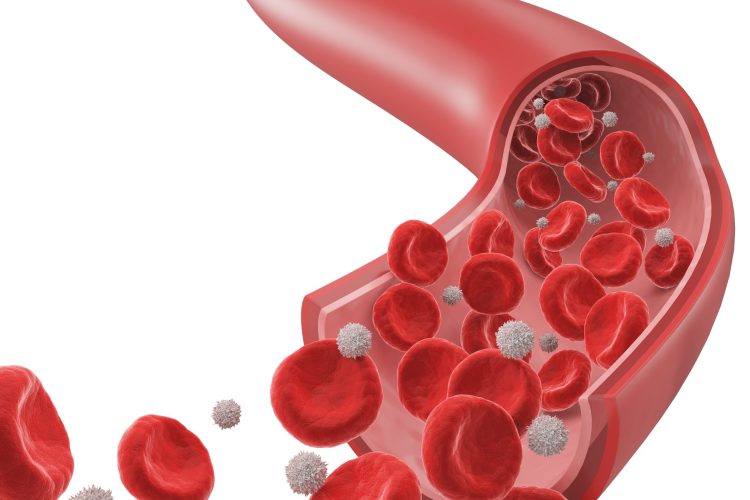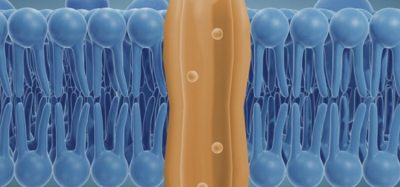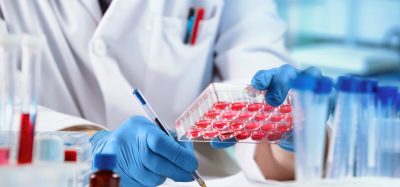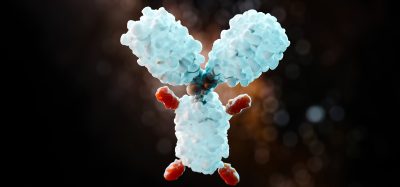Engineering realistic blood vessels to fight vascular disease
Posted: 4 June 2025 | Drug Target Review | No comments yet
Researchers at Texas A&M University have developed advanced vessel-chip technology that closely mimics the complex architecture of human blood vessels, offering a new potential platform for studying vascular diseases and accelerating drug discovery.


Blood vessels in the human body are anything but simple, they present a complex architecture. Yet, for years, laboratory models have replicated them as straight, simple tubes, missing the intricacies that influence how blood flows and diseases develop.
To bridge this gap, researchers in the Department of Biomedical Engineering at Texas A&M University have created a customisable vessel-chip platform that more accurately mimics the complexity of real human vasculature. This innovation promises to change vascular disease research and drug discovery by offering patient-specific, micro-scale models of blood vessels.
What are vessel-chips?
Vessel-chips are tiny, engineered microfluidic devices designed to replicate the structure and function of human blood vessels. They provide a non-animal method to study blood flow and test pharmaceuticals, holding great potential for personalised medicine.
Jennifer Lee, a biomedical engineering master’s student working in Dr Abhishek Jain’s lab, played a pivotal role in designing this advanced vessel-chip that replicates real variations seen in blood vessels, such as branches, aneurysms, and stenosis.
Modelling realistic blood flow patterns
“There are branched vessels, or aneurysms that have sudden expansion, and then stenosis that restricts the vessel. All these different types of vessels cause the blood flow pattern to be significantly changed, and the inside of the blood vessel is affected by the level of shear stress caused by these flow patterns,” Lee explained. “That’s what we wanted to model.”
Lee’s work builds on earlier research from Dr Tanmay Mathur, who designed a simpler straight vessel-chip a few years ago. Both researchers conducted their studies in the Bioinspired Translational Microsystems Laboratory led by Dr Jain.
Not only can you make these structures complex, you can put actual cellular and tissue material inside them and make them living.
“We can now start learning about vascular disease in ways we’ve never been able to before,” Jain said. “Not only can you make these structures complex, you can put actual cellular and tissue material inside them and make them living. These are the sites where vascular diseases tend to develop, so understanding them is critical.”
Expanding the model with more cell types
The current vessel-chip model uses endothelial cells, which form the lining of blood vessels, but Lee and Jain aim to expand their work by incorporating other cell types. This will help reveal how different cells interact with each other and with blood flow in more physiologically accurate conditions.
“We are progressing and creating what we call the fourth dimensionality of organs-on-a-chip, where we not only focus on the cells and the flow, but this interaction of cells and flow in more complex architectural states, which is a new direction in the field,” Jain said.
This vessel-chip technology marks a key step forward in vascular disease modelling and personalised drug testing, enhancing our understanding and treatment of cardiovascular diseases.
Related topics
Bioengineering, Disease Research, Drug Discovery Processes, Lab-on-a-Chip, Organ-on-a-Chip, Research & Development, Translational Science
Related conditions
vascular disease
Related organisations
Department of Biomedical Engineering at Texas A&M University








